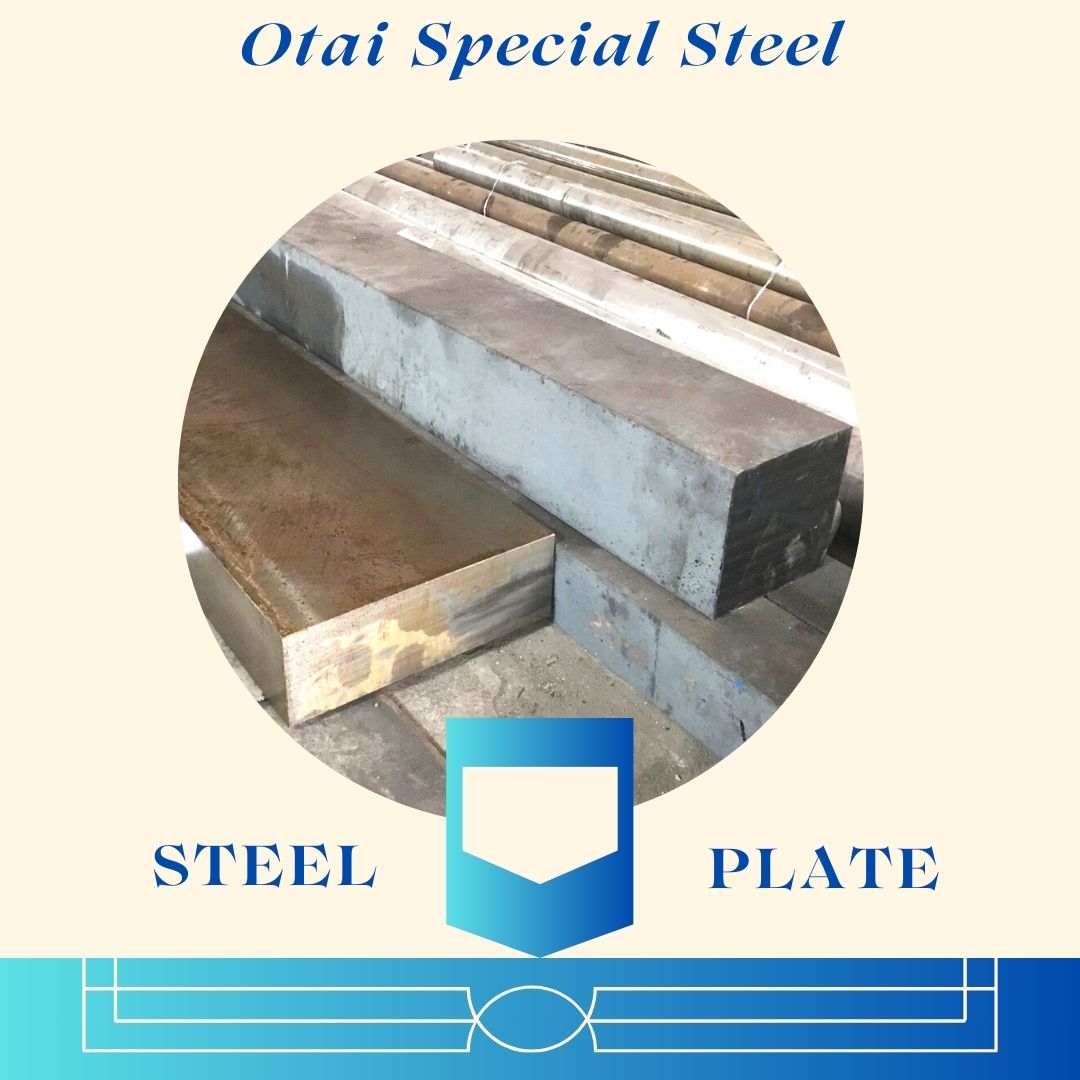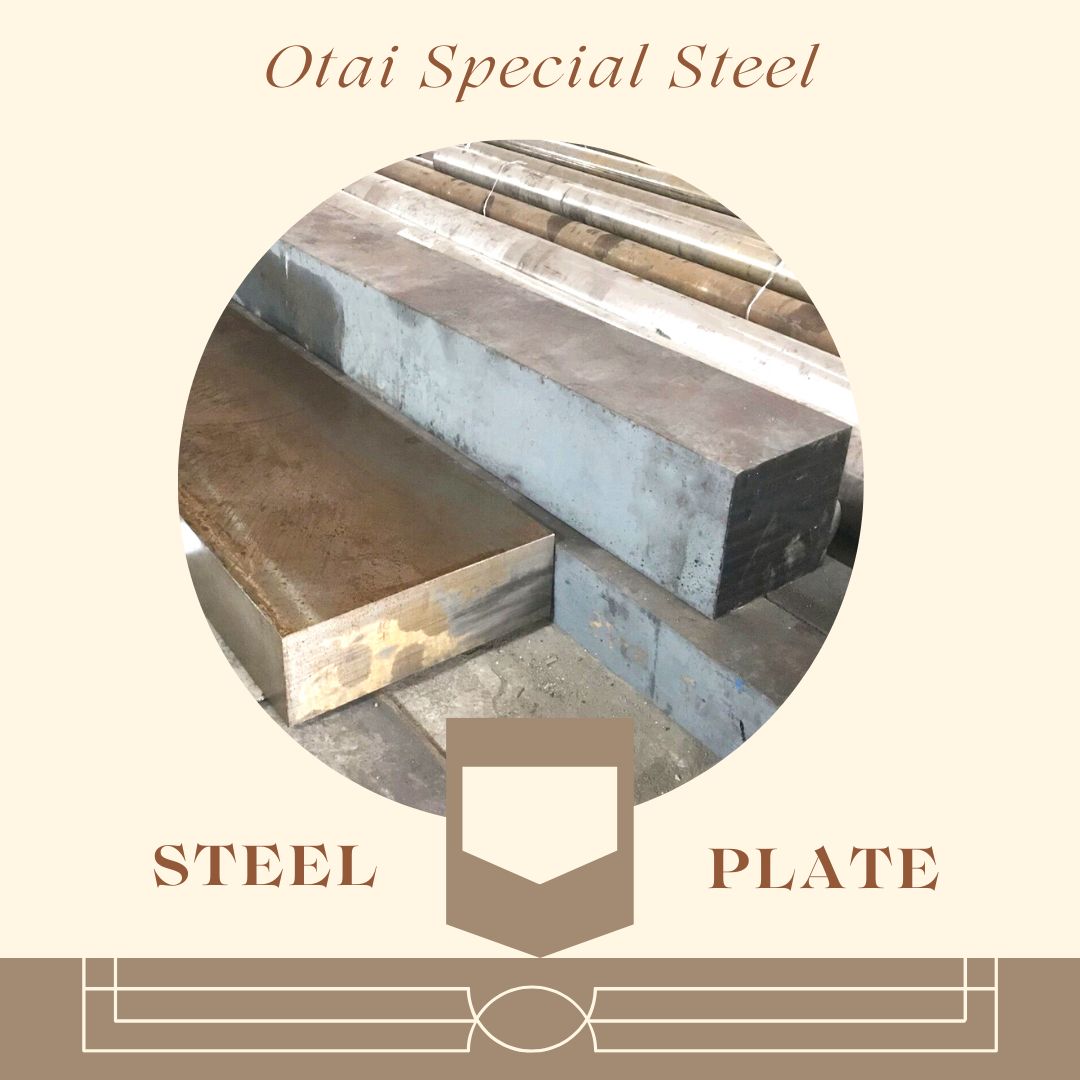OTAI’s 1.2085 Steel Unveiled : Mastering Precision
Hello, Steel Distributors! Today, we’re delving into the intricacies of 1.2085 steel, a material that defines precision and strength. Join us as we unravel the unique attributes of 1.2085 steel and why OTAI is your ultimate source for this exceptional material.
Decoding the Wonders of 1.2085 Steel
1.2085 steel isn’t just a metal; it’s a precision tool. Let’s explore its properties and understand why it’s a crucial component in various industries.
The OTAI Advantage with 1.2085 Steel
- Inventory Mastery for Every Season
At OTAI, we don’t just stock steel; we manage it effectively. Our 1.2085 steel is consistently available in all sizes throughout the year. Need rapid customization? We’ve got the expertise for quick and precise adaptations.
- Tailored Packaging for Maximum Protection
We understand that the journey matters. OTAI offers customized packaging services, including cable tie packaging, wooden box packaging, and rust-proof packaging. Your 1.2085 steel doesn’t just arrive; it arrives in optimal condition.
- Global Trust
Join the prestigious group of global companies that rely on OTAI for their 1.2085 steel needs. We’ve supplied to numerous world-renowned companies, ensuring deliveries not only meet technical specifications but exceed customer expectations.
Real Success Stories to Build Trust
Case 1: Precision in Aerospace Components
A major aerospace company needed a dependable steel supplier. With OTAI’s 1.2085 steel in stock, they achieved enhanced performance in aircraft components, weight reduction, and a partnership that continues to soar.
Case 2: Excellence in Precision Tooling
A leading precision tool manufacturer required a steady source of steel. With OTAI and their 1.2085 steel, they achieved improved tool durability, increased production efficiency, and a partnership that keeps growing.
1.2085 Steel Unveiled, 1.2085 steel isn’t just a material; it’s a precision marvel. Combine it with OTAI, and you have a powerhouse ready for any challenge. With consistent stock, swift customization, top-tier packaging, and a global reputation, OTAI is your trusted companion in the steel journey. Elevate your business with OTAI’s 1.2085 steel, where precision meets strength.

